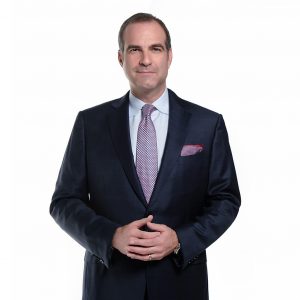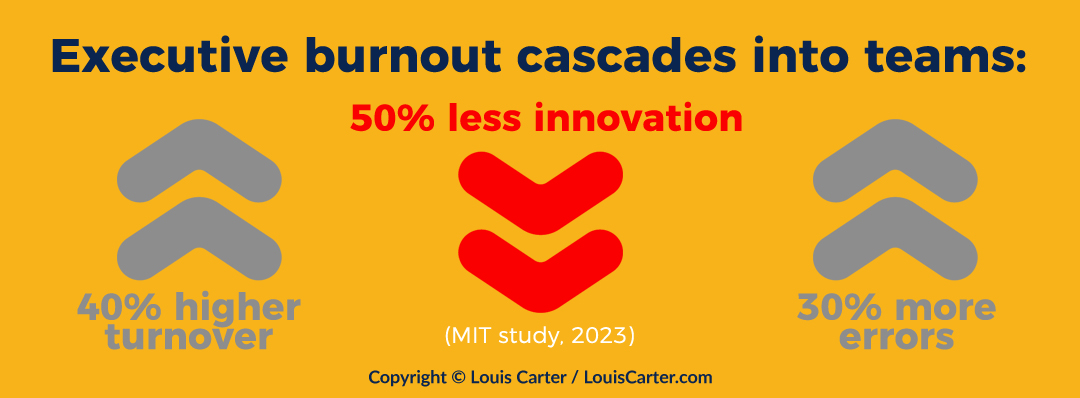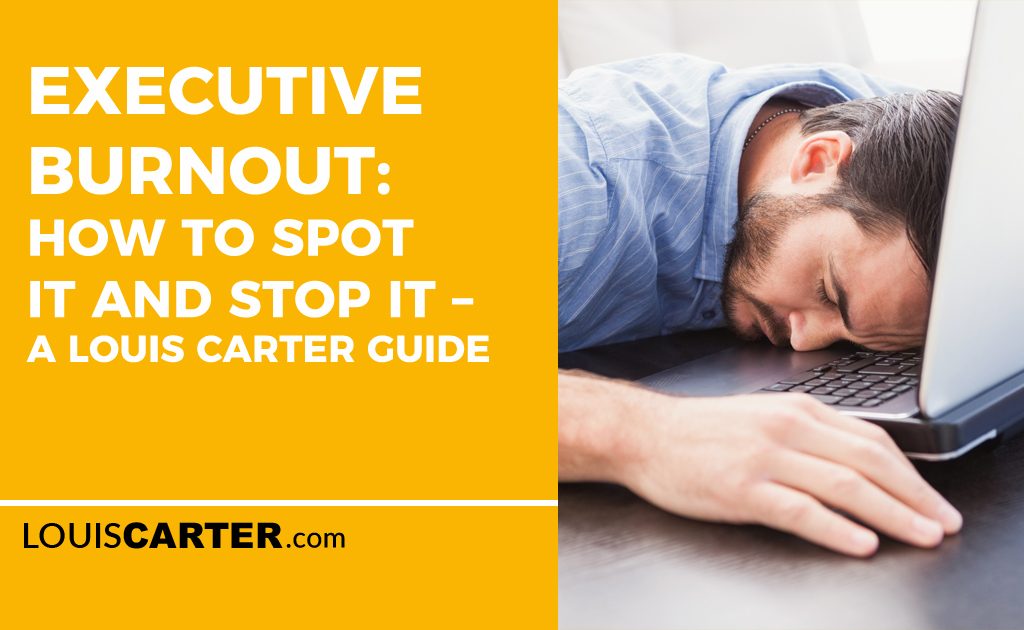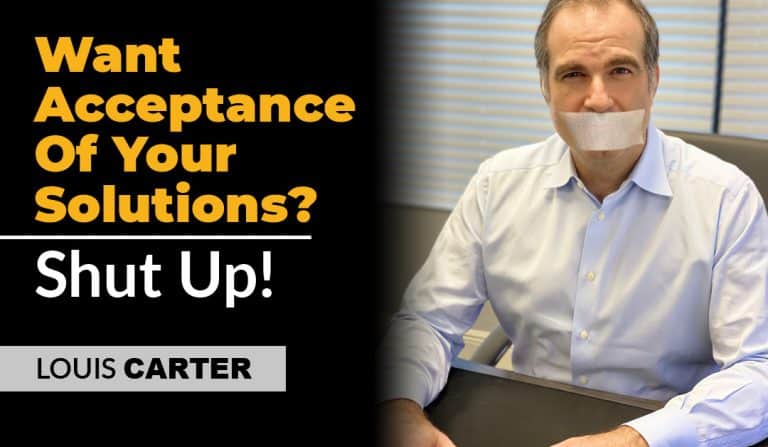The corner office has become a pressure cooker. Behind polished LinkedIn posts and earnings calls, a silent epidemic is brewing: 78% of executives report chronic exhaustion, while 65% hide panic attacks before board meetings (Harvard Business Review, 2024). This goes well beyond what we traditionally call stress. It has now become soul erosion.
I witnessed a Fortune 500 CEO vomit before investor presentations for months. His “remedy“? Doubling his Adderall dose. Another client slept in her office for weeks, terrified her team would discover her divorce.
We’ve normalized self-destruction as leadership.
Burnout is often confused with fatigue, but it’s the slow death of curiosity, empathy, and joy. When leaders crumble, organizations follow. Let’s rebuild from the ashes.

The Neuroscience of Burnout – Why Willpower Fails
Executive burnout rewires brains. Chronic cortisol floods the prefrontal cortex, shrinking decision-making capacity by 26%. This may seem like laziness as you look at it from an external perspective, but internally, it is nothing short of biological bankruptcy.
You literally lose access to creative thinking. Neural pathways default to threat detection. Colleagues become landmines. Ideas feel like assaults. Even a simple announcement may feel like a personal attack.
Recovery requires more than vacations. It demands neural rehabilitation. Louis Carter’s Neuro-Resilience Protocol combines:
- Morning light therapy to reset cortisol
- Cognitive reframing exercises
- Dopamine-boosting activity blocks
Organizations often roll out benefits and perks to fight burnout. However, these measures rarely reach the root of the problem. Leaders need deep change within their brains and teams. Without that change, companies lose creativity, morale, and growth potential. Isn’t it time to tackle burnout at its core?
I have personally seen a CFO regain strategic clarity in 6 weeks using this method. His team noticed immediately.
Take a moment now: visit Louis Carter’s Leadership Assessment Survey at https://louiscarter.com/leadership-assessment-survey/. This free tool helps you spot your hidden stress patterns. Only by knowing your profile can you begin real change.
Become a Most Loved Workplace®
Get certified and join the ranks of the world’s most respected workplaces. Build a culture your team will love.
Get Certified Now
The Invisible Signs of Executive Burnout
Burnout masquerades as dedication and focus. Leaders may end up praising your “non-stop work ethic” while you drown in exhaustion. And it’s not just you; but your family, especially your spouse and children, that suffer from this as well.
Key signs include:
- Cognitive fog: Simple decisions feel overwhelming. You reread emails without comprehension. Strategy sessions drain you. Harvard research links chronic stress to 26% reduced prefrontal cortex function.
- Emotional detachment: Teams become “resources,” not people. You dismiss concerns with “suck it up.” This emotional numbing strains relationships.
- Physical whispers: Insomnia, headaches, or unexplained weight shifts. One CEO I coached developed tremors while denying fatigue.
- Secret dread: Sundays bring panic about Monday. Vacations feel impossible. You cancel family events for “urgent” work.
It is important to point out here that these are, by no means, character flaws. Instead, they are actual neurological responses to chronic stress. Ignoring them invites disaster. The comparison of stress to a dam is very apt; it builds up, and unless you open the flood gates, the wall may come crumbling down at one point.
Why Executive Burnout Spreads Like Cancer
Burnout trickles down fast. When leaders model “always-on” behavior, teams mirror it. A 2023 MIT study found teams with burned-out executives show:
- 40% higher turnover
- 30% more errors
- 50% less innovation

Why? Fear. Employees hide struggles to match your “toughness.” They avoid vacations, skip breaks, and mask stress. The organization becomes a pressure cooker.
Automattics’s CEO Matt Mullenweg witnessed this firsthand. His engineers worked nights to emulate his “hustle.” Productivity dropped 20%. Only when he openly discussed his burnout did culture shift.
Burnout spreads faster than misinformation. When leaders model 80-hour weeks, teams interpret it as expectation. A 2024 MIT study documented this cascade:
- Week 1: CEO cancels vacation for “crisis”
- Week 3: VPs start Sunday email chains
- Week 6: Managers eat lunch at desks
- Week 9: Junior staff hide anxiety disorders
Remember; the culture of a company isn’t set by memos. It’s set by nervous systems. And the central part of a nervous system is the company’s executives. So, ask yourself: what message do you send by staying “always on”? Change starts when leaders admit vulnerability. Share your struggles and encourage balance. Your honesty creates space for teams to breathe.
Louis Carter’s Burnout Triad Framework
After 20 years coaching leaders, I developed a three-phase approach:
Phase 1: Diagnose Your Burnout Profile
- The Overcompensator: Works harder to hide insecurities (“If I stop, I’ll fail”).
- The Numb Strategist: Detaches emotionally (“Feelings waste time”).
- The Secret Panicker: Privately overwhelmed (“I’m one mistake from collapse”).
Identify your profile through my free Leadership Impact Assessment or one of my handbooks. Awareness breaks denial.
Phase 2: Prescribe Personalized Interventions
- Overcompensators: Schedule mandatory “empty spaces” in calendars. Start with 15-minute daily gaps.
- Numb Strategists: Practice daily emotion labeling (“I feel frustrated about…”).
- Secret Panickers: Build “failure contingency plans” (e.g., “If X flops, we’ll do Y”).
Phase 3: Engineer Sustainable Systems
Rest isn’t enough. Redesign your leadership ecosystem:
- Delegate power, not just tasks
- Install “circuit breakers” (e.g., board-approved forced time off)
- Hire a Chief Wellness Officer (like Cloudflare did)
Download the Burnout Triad Framework Workbook
The Deception Trap – When High Performance Hides Collapse
Burnout’s cruelest trick? Peak productivity often precedes breakdown. Neuroscience calls this the hyperfocus phase. You feel unstoppable, yet you speed toward a cliff. Which tasks feed your adrenaline, and at what cost?
Then, you borrow joy from your future self. Every deadline met drains a bit of happiness from tomorrow. Work feels mandatory, not inspiring. You may celebrate wins, but you lose sight of why you pursued them. Does your success feel hollow?
Finally, you hit the crash. Neural resources deplete, and everything grinds to a halt. One biotech CEO secured $50 million in funding while planning suicide. Her metrics dazzled investors. Inside, her brain cried for help. This contrast reveals a cruel truth: success doesn’t equal well-being.
To avoid this trap, track your energy like you track revenue. Know when you push too hard and rewind before collapse. Are you prioritizing humanity over metrics? Now, let’s see why common cures often fail leaders.
The Recovery Paradox – Why Traditional Solutions Backfire for Executives
Many say “take a vacation,” but they ignore broken systems. You return to the same stress, and exhaustion rebounds. Others say “delegate more,” yet you feel guilty offloading tasks. How can you lead if you can’t let go?
Yoga and meditation help some, but they don’t heal neural damage. You need a three-part shift. First, realign your work with your brain’s rhythms. Research shows that timing tasks around cortisol peaks boosts focus, as per Deloitte’s 2024 report. Have you tried this strategy?
Second, you must redistribute power. Create board-approved protocols for forced time off. Test them with short trials before going permanent. Celebrate delegated wins publicly. This builds trust and reduces your load. Who on your team deserves more autonomy?
Third, reconnect with your identity beyond your title. Remember who you were before becoming a leader. List your core values and passions outside work. For one executive, rediscovering piano sparked a return to joy. What was your first calling? In our next section, we’ll explore how burnout steals your legacy.
The Leadership Legacy Audit – What Burnout Steals
Burnout, as discussed, harms you as well as those around you. Furthermore, it has much more lasting impacts as well. It effectively robs you of your legacy. Consider:
- Innovation theft: Exhausted brains can’t imagine futures
- Relationship erosion: Teams remember your absence, not your profits
- Moral drift: Ethics blur under chronic stress
Automattic’s CEO, for example, asked some very good audit questions:
- “What sparks did I extinguish to hit targets?”
- “Who became collateral damage?”
- “What future did I sacrifice for present urgency?”
Answers guided their 4-day workweek policy—now boosting innovation 30%.
The Sustainable Leadership Manifesto
Leaders must adopt new rules to rebuild teams and selves. First, treat vulnerability as a strength. At Cloudflare, the COO shared therapy updates at a town hall. Employee support program use jumped 300%.
Would you share your own story?
Next, view rest as research and development. Thryv’s quarterly “Reboot Weeks” shut operations so teams could innovate. When employees return refreshed, they bring fresh ideas. How could your calendar make room for deep rest?
Third, promote the whole human. First Metro Bank ties promotions to well-being metrics. This shift lifted retention by 45%. When you value people over profits, teams flourish. What well-being goals will you champion this year?
The Alchemy of Burnout Scars
Burnout leaves cracks, but light enters through broken places. One client’s breakdown birthed a mental health startup. Another’s collapse inspired board policy changes protecting 500 leaders.
Your pain isn’t waste. It’s the raw material for transformation. As the healed CEO told me: “I didn’t lose myself in the fire—I found my truest self in the ashes.”
Break the cycle of burnout. Apply for confidential 1:1 Executive Transformation Coaching with Louis Carter and learn to lead from strength—not survival.






